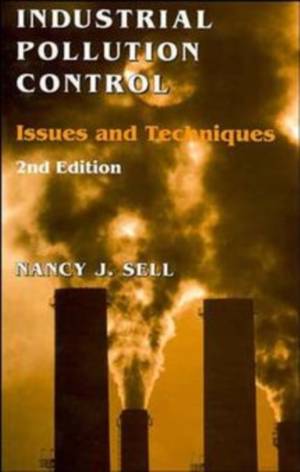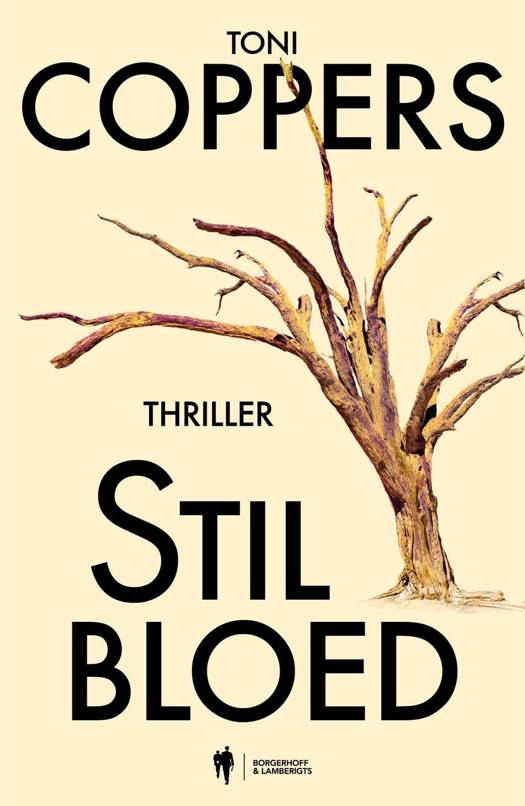
- Afhalen na 1 uur in een winkel met voorraad
- Gratis thuislevering in België vanaf € 30
- Ruim aanbod met 7 miljoen producten
- Afhalen na 1 uur in een winkel met voorraad
- Gratis thuislevering in België vanaf € 30
- Ruim aanbod met 7 miljoen producten
Zoeken
Omschrijving
Industrial Pollution Control: Issues and Techniques Second Edition Nancy J. Sell This revised guide incorporates all the important information on pollution sources, control methods, and pollution regulations generated since publication of the previous edition in 1981. This edition surveys the impacts of every type of pollution on health, plants, materials, and weather. It discusses how different types of pollution are produced, laws governing specific emissions, and both existing and emerging air, water, and solid waste control techniques. Detailed sections zero in on processing methods, pollution production, and control methods in specific industries, including chemical, physical, and economic factors that inhibit better pollution control. Case studies offer insights into processes that directly minimize emissions or indirectly reduce them by decreasing energy needs. Pollution issues of iron and steel manufacturing, foundry operations, metals finishing, cement manufacture, glass manufacture, paper and pulp, food processing, brewing, tanning, and chemical industries are probed in depth. Among the new pollution control strategies covered are:
* Regulations, treatment techniques, and disposal methods for hazardous wastes
* Direct steelmaking processes that reduce pollution
* Modified glassmaking furnaces that decrease pollution
* Non-chlorine pulp bleaching sequences that curtail production of toxic substances such as dioxin
* Secondary fiber utilization and reduction of PCB emissions
* Resource recovery from sludges and ashes
* Chemical spill containment and cleanup
* Uses of degradation and recycling to reduce plastics waste
Coverage of the impact of U.S. regulations, status of the U.S. environment, continuing problems, economic costs, and cost-benefit issues further increases the value of this source to environmental engineers and scientists working for the EPA, state regulatory agencies, or consulting engineering firms. This guide is also a vital reference for environmentalists working with advocacy groups, and environmental or process engineers in industry.
* Regulations, treatment techniques, and disposal methods for hazardous wastes
* Direct steelmaking processes that reduce pollution
* Modified glassmaking furnaces that decrease pollution
* Non-chlorine pulp bleaching sequences that curtail production of toxic substances such as dioxin
* Secondary fiber utilization and reduction of PCB emissions
* Resource recovery from sludges and ashes
* Chemical spill containment and cleanup
* Uses of degradation and recycling to reduce plastics waste
Coverage of the impact of U.S. regulations, status of the U.S. environment, continuing problems, economic costs, and cost-benefit issues further increases the value of this source to environmental engineers and scientists working for the EPA, state regulatory agencies, or consulting engineering firms. This guide is also a vital reference for environmentalists working with advocacy groups, and environmental or process engineers in industry.
Specificaties
Betrokkenen
- Auteur(s):
- Uitgeverij:
Inhoud
- Aantal bladzijden:
- 416
- Taal:
- Engels
- Reeks:
Eigenschappen
- Productcode (EAN):
- 9780471284192
- Verschijningsdatum:
- 11/11/1992
- Uitvoering:
- Hardcover
- Formaat:
- Genaaid
- Afmetingen:
- 161 mm x 237 mm
- Gewicht:
- 739 g

Alleen bij Standaard Boekhandel
+ 615 punten op je klantenkaart van Standaard Boekhandel
Beoordelingen
We publiceren alleen reviews die voldoen aan de voorwaarden voor reviews. Bekijk onze voorwaarden voor reviews.








